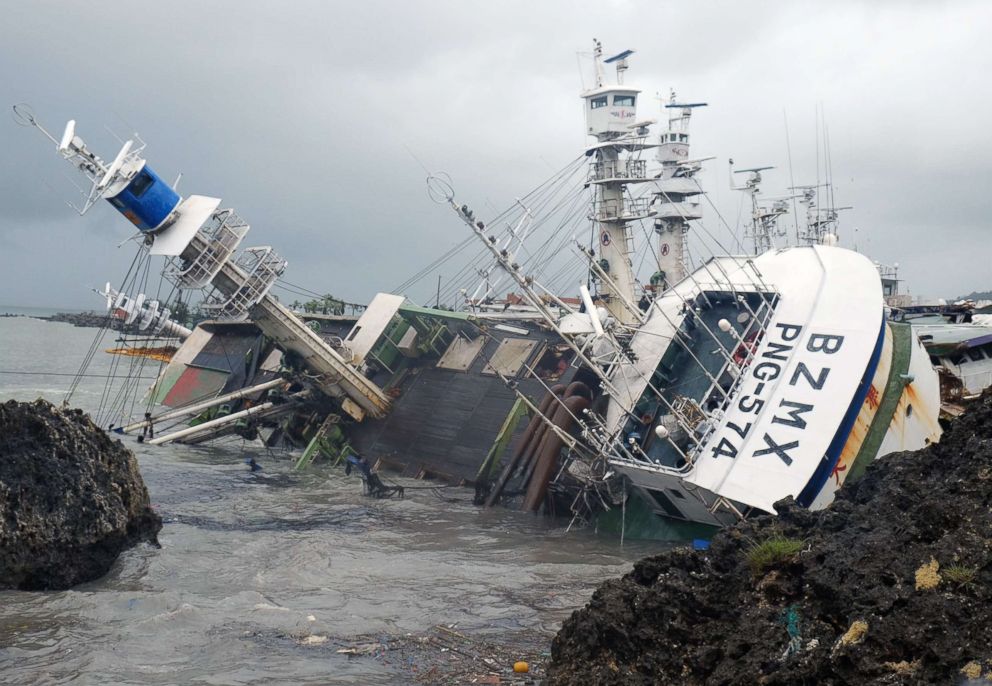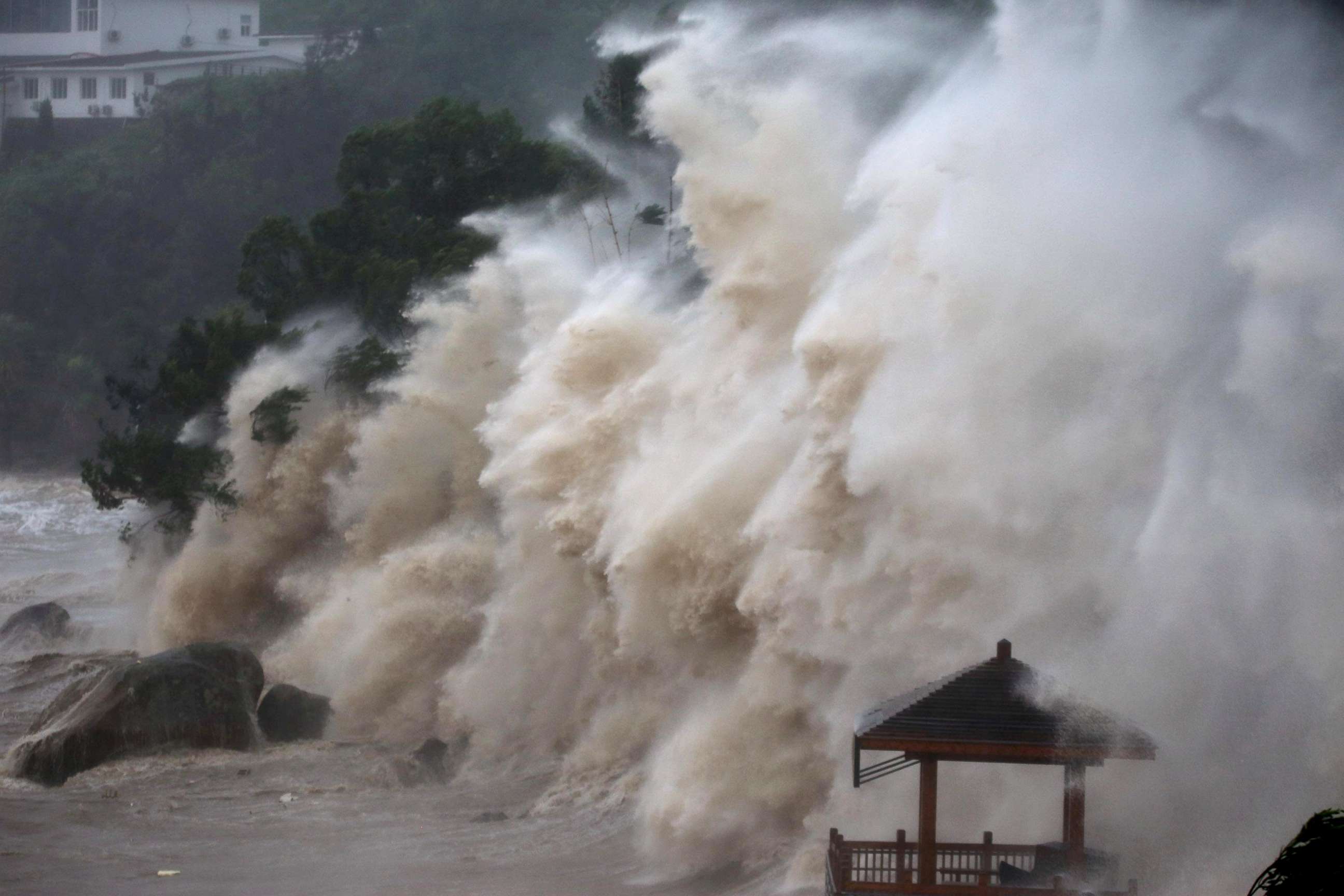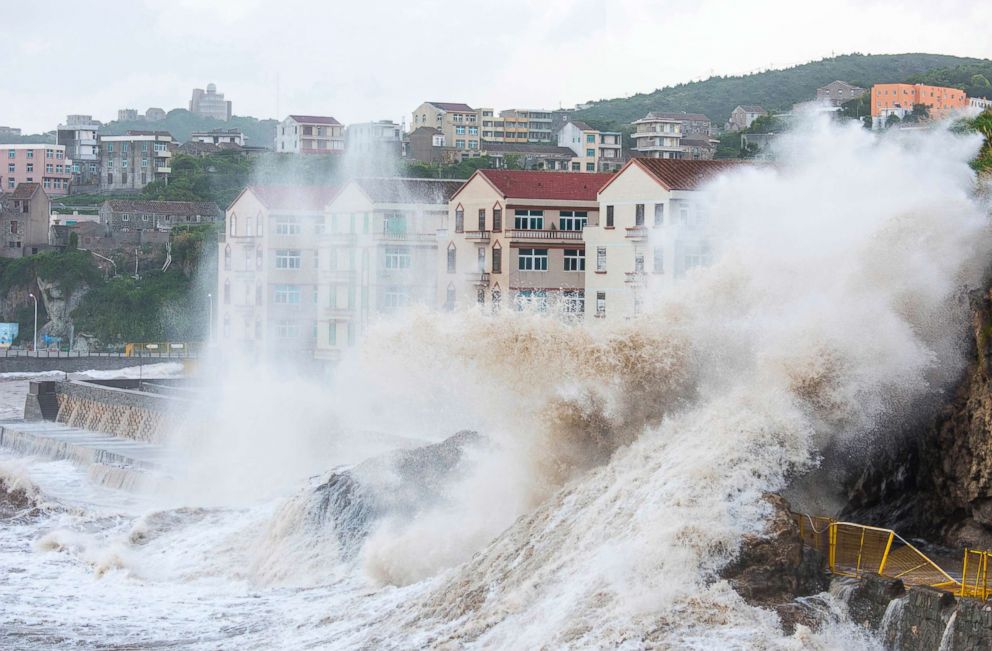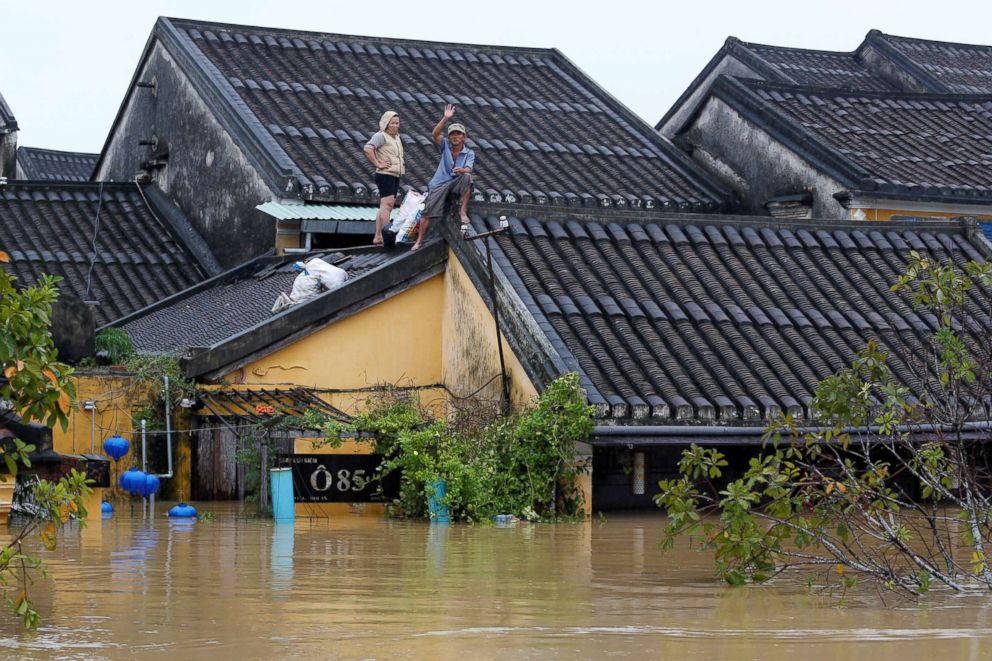What is a typhoon: Everything you need to know
Typhoons and hurricanes form in the exact same way, from warm tropical water.
Typhoons are the same weather phenomenon as hurricanes, and both called tropical cyclones.
In the western Pacific they are called typhoons, while in the eastern Pacific and Atlantic Oceans they are called hurricanes.
Typhoons and hurricanes form in the exact same way -- they get their energy from warm tropical water in the Pacific and Atlantic Oceans.

This process is called latent heat release. With the help of Coriolis force that is created by the rotation of the earth, hurricanes spin in a circular motion.
In the Northern Hemisphere, tropical cyclones rotate counterclockwise and in Southern Hemisphere, tropical cyclones rotate clockwise.
The weakest tropical cyclones are called tropical depressions.

If a depression intensifies such that its maximum sustained winds reach 39 miles per hour, the tropical cyclone becomes a tropical storm and is given a name.
Once a tropical cyclone reaches maximum sustained winds of 74 miles per hour or higher, it is then classified as a hurricane, or typhoon, depending upon where the storm originates in the world.

Unlike hurricanes, which have five categories of strength, typhoons only have two classifications: typhoon winds, which are 74 mph to 149 mph, and super typhoon winds, which are 150 mph and greater.
A super typhoon is equivalent to an extremely strong hurricane, such as a Category 4 or 5.

Unlike the eastern Pacific and Atlantic hurricane seasons, which run from late May through November, typhoon season in the western Pacific runs all year round due to the warm water of the ocean during the entire year. The peak of typhoon season, however, is from May through October.




